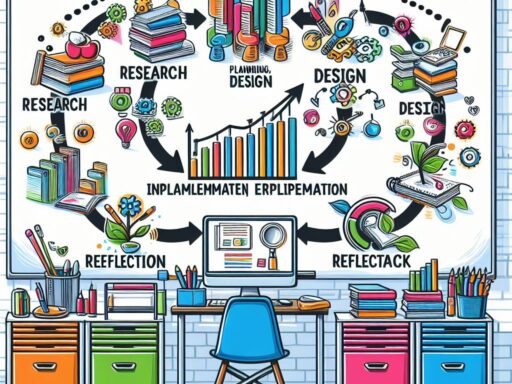In today’s rapidly evolving technological landscape, the concept of prototyping has emerged as a cornerstone in the iterative process of innovation. From product development to software engineering and beyond, prototyping serves as a pivotal stage in transforming abstract ideas into tangible realities. This comprehensive guide delves into the essence of prototyping, its significance across various domains, methodologies, best practices, and its indispensable role in shaping the future of innovation.
Understanding Prototyping
Prototyping encapsulates the art of creating preliminary models or versions of a product, system, or software to visualize, test, and refine its functionalities, design, and user experience. It’s a dynamic process that allows stakeholders to validate ideas, gather feedback, and make informed decisions before investing significant resources.
The Significance of Prototyping
Prototyping serves multifaceted purposes across industries:
- Concept Validation: It helps validate ideas, ensuring they align with user needs and market demands.
- Risk Mitigation: By identifying flaws and issues early, it minimizes risks associated with development and deployment.
- Cost-Efficiency: Investing in prototyping saves time and resources by addressing problems in the initial stages.
- User-Centric Design: It facilitates the creation of user-friendly interfaces and experiences by incorporating user feedback.
- Innovation Catalyst: Prototyping fosters creativity, allowing for experimentation and innovation.
Prototyping Methodologies
Several methodologies exist to execute prototyping effectively:
- Throwaway Prototyping: Quick, disposable prototypes used for early-stage exploration.
- Incremental Prototyping: Step-by-step development, refining the prototype with each iteration.
- Evolutionary Prototyping: Building a basic version and gradually adding features based on feedback.
Best Practices in Prototyping
Successful prototyping involves following certain best practices:
- Define Clear Objectives: Understand the purpose and goals of the prototype.
- Involve Stakeholders: Gather inputs from all relevant stakeholders to ensure a comprehensive approach.
- Iterate and Refine: Continuously refine the prototype based on feedback and insights.
- Focus on User Experience: Prioritize user-centric design and usability testing.
- Document and Analyze: Document the process and analyze the results to inform the next steps.
Prototyping Tools and Technologies
An array of tools and technologies aid in the prototyping process:
- UI/UX Design Tools: Sketch, Figma, Adobe XD
- Prototyping Platforms: InVision, Axure RP, Proto.io
- Code-Based Prototyping: HTML/CSS, JavaScript frameworks
The Future of Prototyping
As technology advances, the future of prototyping holds exciting prospects:
- Virtual and Augmented Reality Prototyping: Immersive experiences for testing products virtually.
- AI-Powered Prototyping: AI algorithms aiding in rapid prototyping and predictive modeling.
- Collaborative Prototyping: Enhanced tools enabling global, real-time collaboration among teams.
Conclusion
Prototyping stands as an indispensable pillar in the realm of innovation. Its ability to bridge the gap between ideas and their realization, its role in fostering creativity and efficiency, and its adaptability across diverse industries make it an invaluable asset. Embracing prototyping not only expedites the development process but also ensures that the end products resonate with user needs and market demands, ultimately shaping a future driven by innovative solutions.







